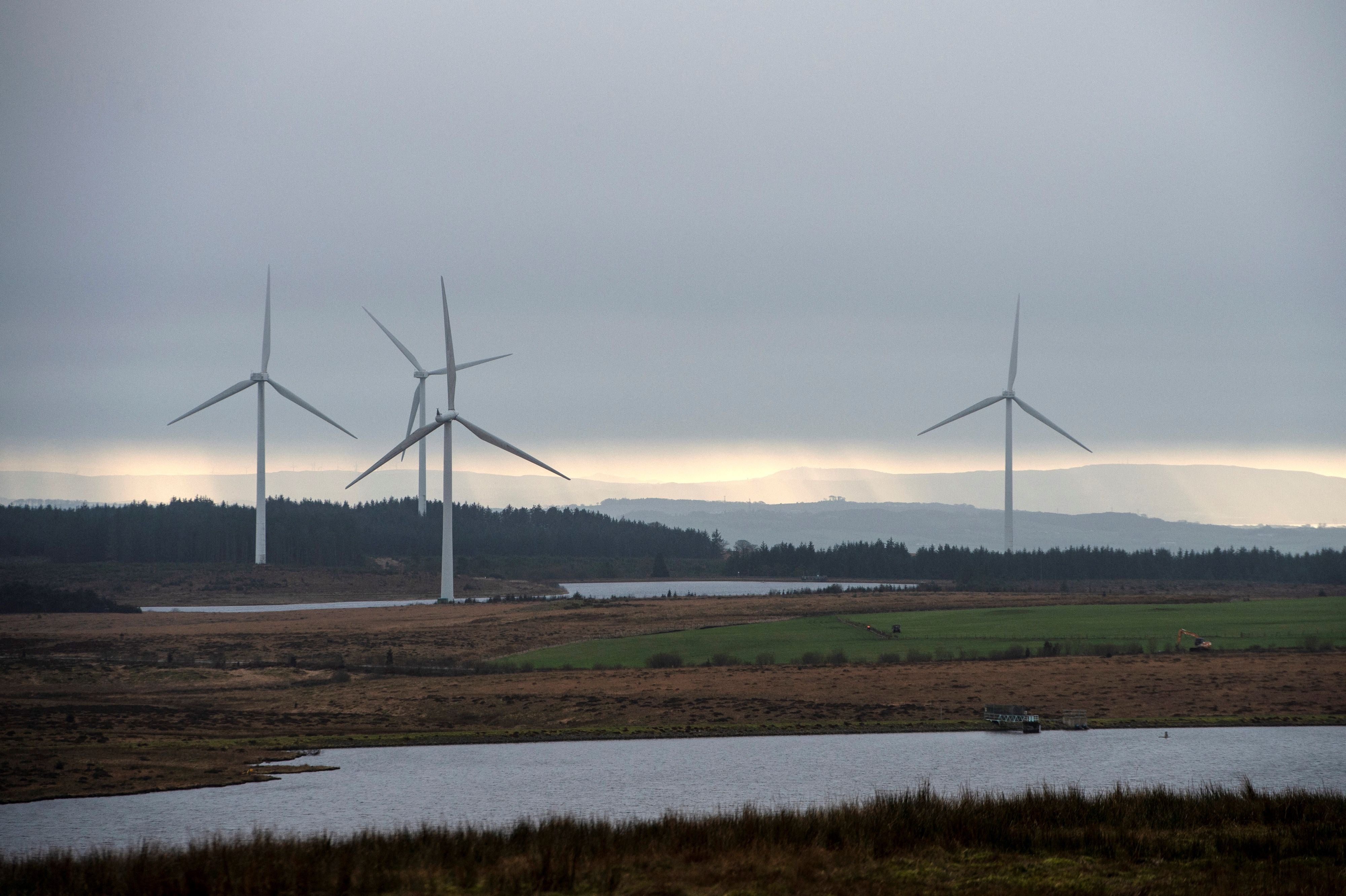Green finance is booming but needs a step change for ‘net zero’ goals to be reached
Annual investment needs to double, and quickly, for Europe to hit its green targets. And, surprise, surprise, the UK is lagging, writes James Moore


Greening the world will take a vast wall of capital investment. Are we even close to seeing it built?
There is both a glass-half-full and a glass-half-empty case to be made, at least judging by a report – A Reality Check on Green Finance – published today by New Financial, a think tank founded on the belief that capital markets can and should be a force for economic and social good.
The half-full case is that the value of green finance raised via EU and UK capital markets – which will be essential if the world is to stand any hope of making good on commitments made at the Paris Climate Accords – has grown rapidly over the last five years.
More than €300bn (£260bn) was raised last year alone, an impressive sum. What’s more, since 207 green finance activity has increased fivefold across bond, equity and loan markets. Last year it doubled – corporate activity playing a leading role.
So far so good. The problem is, of course, that although this looks impressisve, it is still nowhere near the amount that is needed. Which brings us to the glass-half-empty case.
The report estimates that the required range in annual investment is somewhere between €600bn and €1 trillion in Europe, which means that activity needs to double again. Quickly.
Green investment has moved from what one might call the ethical fringes, made up of specialist vehicles catering for those explicitly committed to saving the planet, and into the mainstream. It is being taken seriously. This is very welcome.
But for all the sound and fury around it, the report says it still represents only a relatively small proportion of capital market activity in Europe. It estimates that green finance accounted for just 12 per cent of this across bond, equity and loan markets last year.
The equity part of that is particularly underdeveloped. One of the explanations for this might be that the UK, where equities have traditionally been favoured over bonds – in contrast to much of Europe – is dragging its curmudgeonly feet.
It accounted for 20 per cent of all capital markets activity in Europe, but just 14 per cent of green finance. Plus ça change, sadly.
The report also finds quite the disconnect between the amount of capital being raised by “good” companies – businesses whose primary activity is actively trying to address climate change, such as renewable energy firms – and “bad” companies, the primary business of which is actively delaying the transition to net zero. The latter would include fossil-fuel companies.
They have raised 18 times as much money in capital markets as their “good” peers, which is a sobering statistic.
There are some obvious reasons for this. Oil giants, for example, tend to be big, well-known companies that are known to the capital markets and thus find it easy to tap them for cash when they need it. They are also going to need cash to green their operations (at the moment they are still overly fond of greenwashing).
On the other hand, green energy operators are newer and relatively unproven. QED.
It is notable that the ratio fell below 10 to one for the first time last year. But the report card once again reads “must try harder”, as it does for much of the UK and Europe’s decarbonisation efforts.
The think tank says policymakers and businesses are faced with two options: they will either need to adjust their targets and expectations or they will have to find new ways to raise more green capital at scale.
The former is, obviously, a terrible idea, but historically it has been the favoured approach. Failing to score? Move the goalposts. Would it come as any surprise if a new, higher global heating target were to be adopted, above that of Paris, simply because the world couldn’t get its act together?
Pity the future generations that will have to live in that world. Pity the investors: it won’t be much fun for them either, a point that bears repeating.
That leads us to option two: finding ways to raise more capital, which obviously requires commitment and buy-in from financials, corporates and governments. Especially governments.
The last of these, confronted with Russia’s war in Ukraine and its impact on inflation and the energy bills of restive electorates, have been all too tempted to indulge in the quick fix: the reheating of coal, or the financing of new fossil-fuel projects. All retrograde steps when the green alternatives are infinitely preferable from an environmental but also a long-term economic standpoint.
On the other the hand, New Financial notes that “the rapid growth in 2021 shows that when all types of issuers contribute to green finance, more capital is channelled toward green projects”.
Indeed so. It is time, if you’ll forgive the metaphor, to commit to stepping on the gas, while also addressing any regulatory and fiscal impediments that might slow the charge.
Perhaps throw in some incentives too? That can’t hurt, just so long as they aren’t used, or abused, cynically.






Join our commenting forum
Join thought-provoking conversations, follow other Independent readers and see their replies
Comments